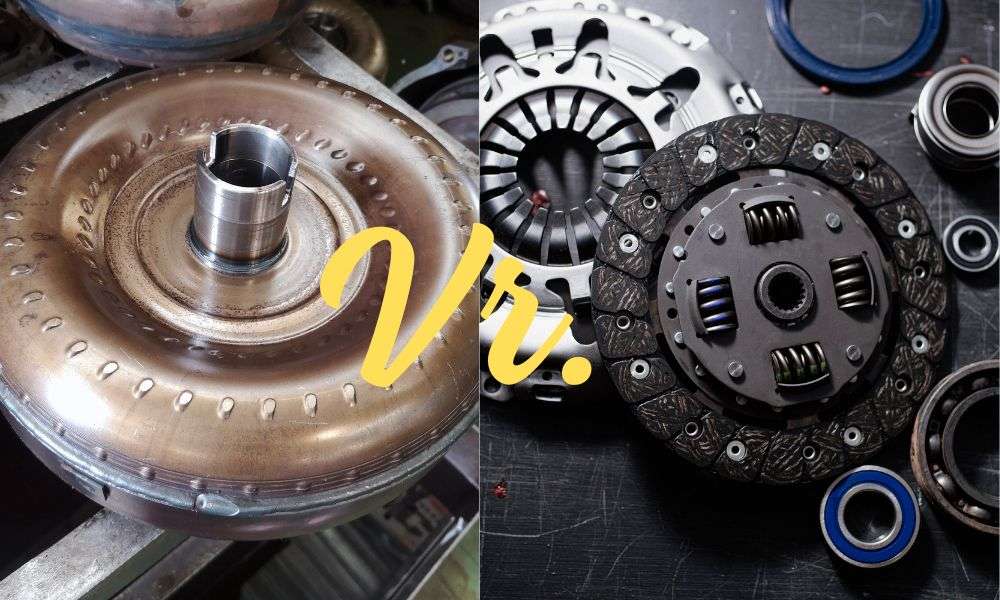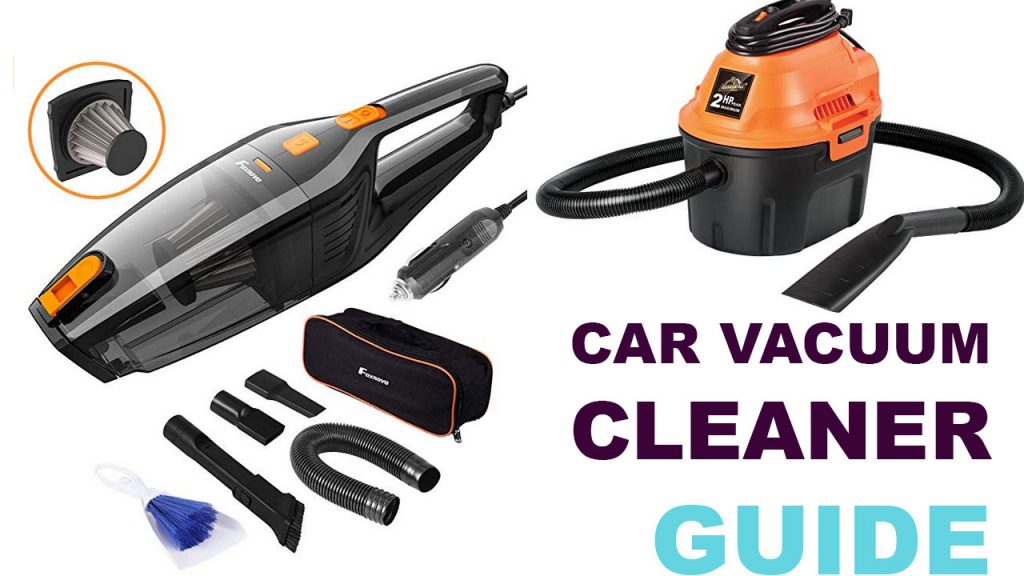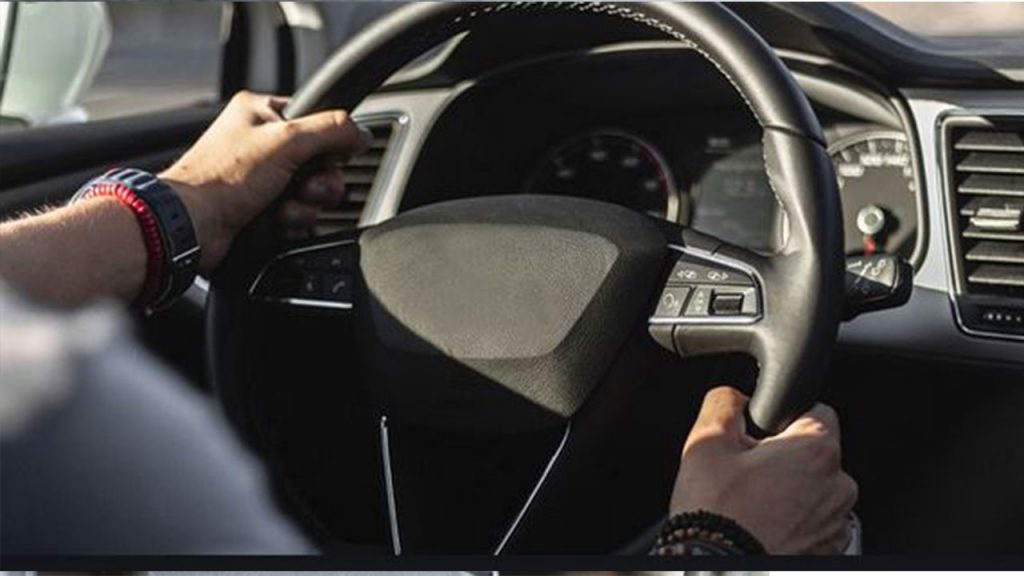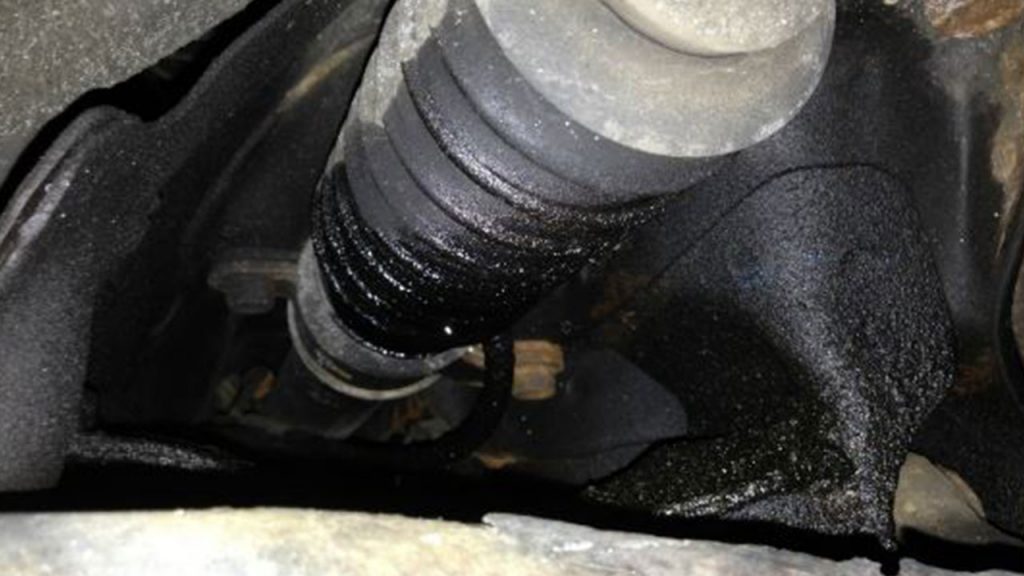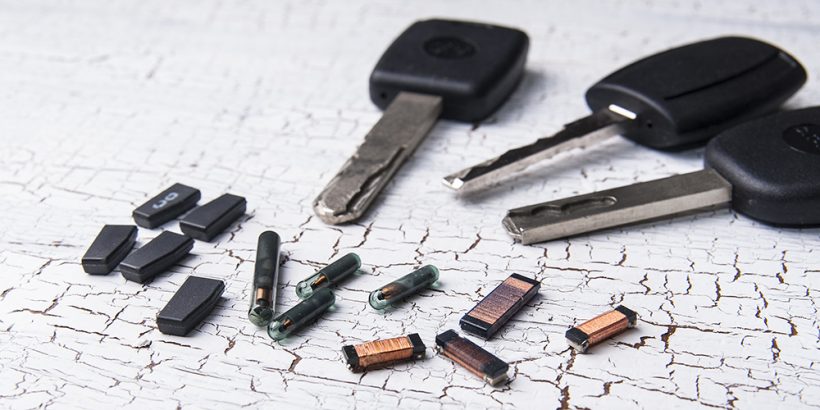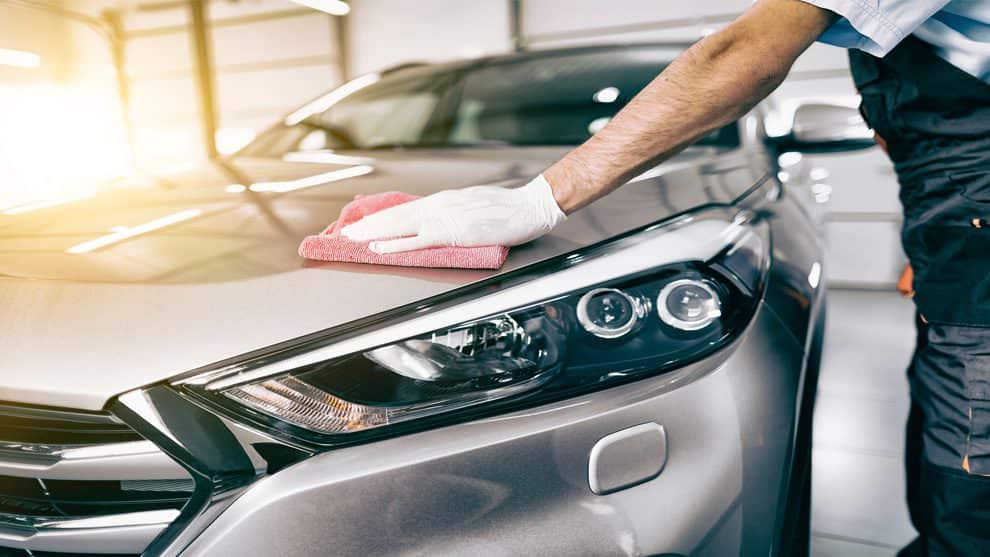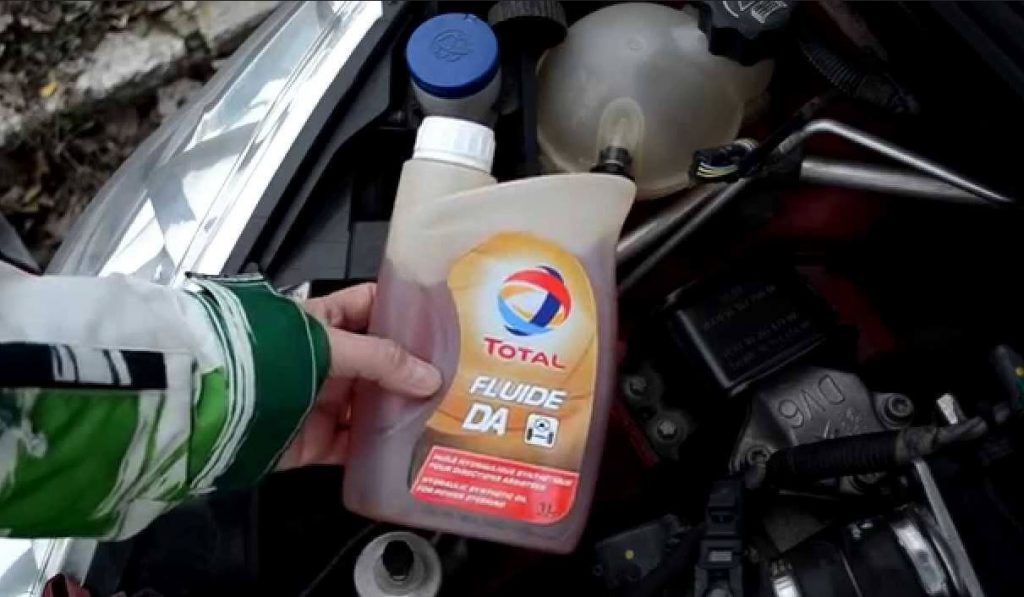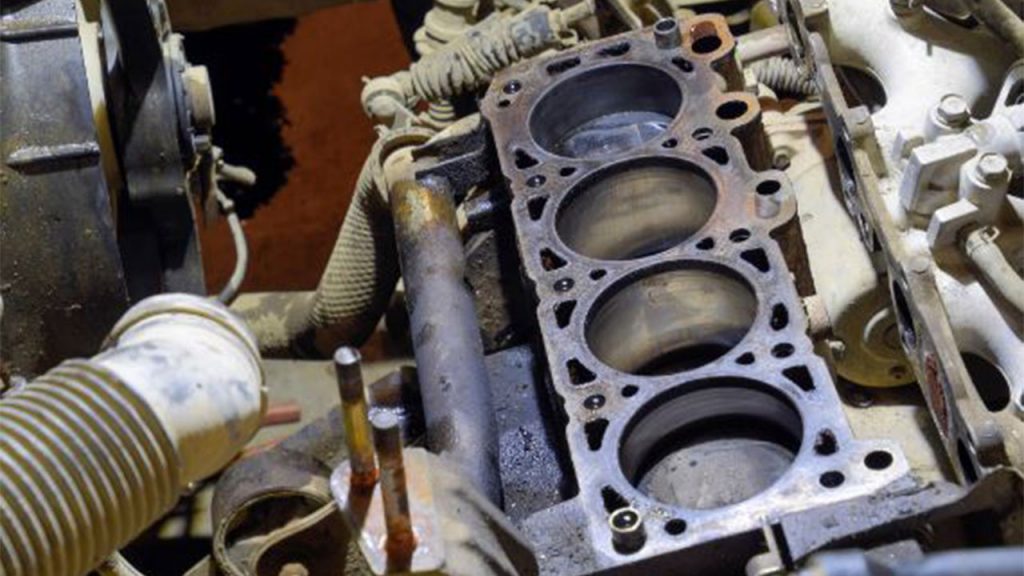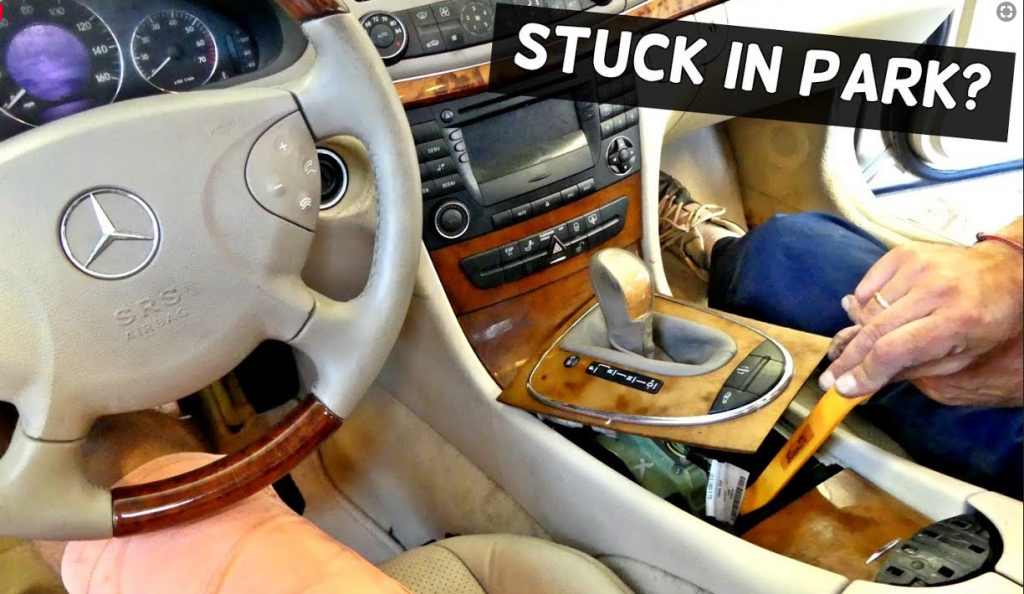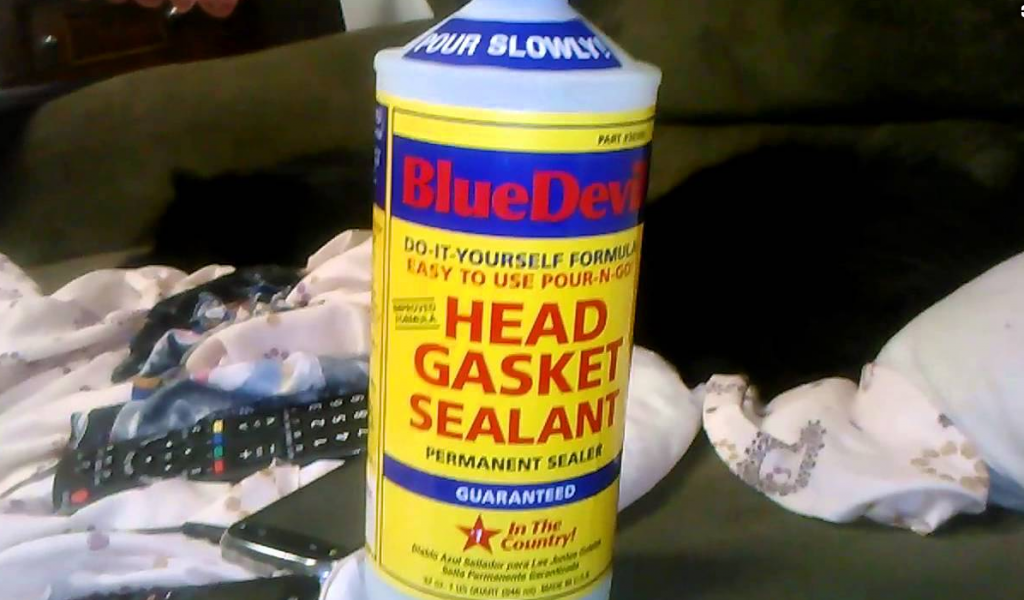Ah, the time-old car argument: Torque Converter vs. A Manual Clutch. A discussion that gets the automotive community angrily debating. Both of them are built to send energy from your engine out to the wheels, but how they do it is an entirely different conversation. The decision between the two came down to more than just mechanics; it was about how you wanted to drive. Whether you’re thinking about trading up, just before hitting the gas or throwing yourself into the deep end of vehicle mechanics, knowing the difference will help hone your decision-making. Strap in and get ready for a ride through the mechanisms at play in these two worlds.
What Is A Torque Converter?
And let’s begin with the automatic option and that is the venerable torque converter. All this is performed by the slickness at the core of automatic transmissions, which operate mostly automatically, smoothly transferring power from an engine to its wheels. It doesn’t ask you for anything. No clunky gear-shifting nor pedal-pushing, just a smooth, automatic operation. It’s effectively a hydraulic fluid coupling in which the flow of liquid transfers the engine’s rotation.
The three key internal elements of the torque converter are: the impeller, which is a centrifugal pump that impels fluid to the impeller side; the turbine, which receives fluid from the impeller side and transmits it to a point near the outside radius of its rotation; and the stator, or stator power.. The impeller uses its rotation from the engine to push fluid into the turbine, which drives the transmission. It is the function of the stator to guide and redirect the fluid so that it imparts maximum energy. The magic lies in the ripples of this fluid-powered dance, creating a near-seamless driving experience at any speed or power level.
What Is A Manual Clutch?
But a stick shift, it’s about you, the driver. This little mechanical contraption gives you direct control over when and when not to send the engine’s power out to the wheels. You step on the clutch to disengage the engine’s power, change gears and then release the clutch to re-engage the engine with the wheels.
Consisting of a flywheel, pressure plate and friction disc, this setup begs your hands and feet to keep the car going. Whenever you press that clutch pedal, it’s because you’re breaking the connection between the engine and the wheels. But with every change of gear, you’re gaining complete control over the way your vehicle behaves.
Torque Converter Vs. A Manual Clutch Explained
The key difference between these two systems is the way they handle power. A torque converter works all that for you; it is automatic. This consistent power supply produces smooth acceleration and deceleration. No gears to shift, no clutch to depress; stop for the point and shoot your gas pedal down, and let the car do the rest. It’s as if you’re being chauffeured by your car.
But a manual clutch? That’s where you come in. It requires active participation. You’re pushing and withdrawing, shifting yourself into gear and steering. The visceral connection between you and your car? Priceless. The meeting of the engine and wheels is at your command for a more visceral, intuitive drive.What Causes Torque Converter Shudder and How Do You Fix It?
Torque Converter Vs. A Manual Clutch: Performance And Efficiency
Now, let’s talk about performance. Torque converters of smoothness are day and night. The coupling ensures virtually shock-free power transfer. It’s made for comfort, perfect for city driving with its stop-and-go rhythm that calls for an easy hand.
But what if it’s all about efficiency and performance? Manual clutches have the edge. You’re in direct control. You’re not wasting power, and you can extract more from each gear change. It’s why manual transmissions tend to outperform automatics on acceleration and fuel mileage.
Durability And Maintenance: Torque Converter Vs. A Manual Clutch
When it comes to longevity, there are pros and cons to each system. And as much of a big, heavy hunk of mechanical device as torque converters are, hydraulics can wear them out. The fluid, the pump, and the turbine are all worn by it. You have to pay attention to fluid levels, and any malfunction can signal an expensive repair.
For a manual clutch, the friction disc and flywheel must be maintained. If you are the sort to ride the clutch, it will only need replacing more often and if overused or used incorrectly, it can be an unnecessary drain on your vehicle. But for repairs, a clutch job is often less expensive than the full replacement of the torque converter.
The Difference Between A Torque Converter And A Clutch
It’s really that simple at its heart; the torque converter takes care of everything for you. It’s the hands-off, easy ride. The clutch, on the other hand, requires your participation. You move, you command, you sense every link of engine to wheel.
With the torque converter, there’s not as much “you” involved in the driving process. It’s for people who want convenience and simplicity. But the manual clutch is an inversion, a genuine appendage of the driver. You’re driving it, feeling the connection with each shift and press of the pedal.
When To Choose A Torque Converter Over A Manual Clutch
Then, when do you want a torque converter? Simple if you log as much time sitting in traffic or want a super laid-back, easy-breezy ride. Let the car do the moving and concentrate on enjoying your journey. No drama, no monkeying around with gears all the time.
But if you are someone who yearns for engagement? You want to feel every rev, every gear shift, and every inch of your tightening grip to the pavement? Then the gig. Manual clutch is your oyster. It’s the preference of performance, precision and a connection to your vehicle that no one knows better than RENNtech.
How a Torque Converter Works vs. a Clutch
To understand how the differences really work, let’s get technical. A torque converter plays with fluid dynamics; there’s absolutely no mechanical connection, just some trickles of liquid picking up the tab. Fluid is fed into this turbine by the spinning engine, which converts that fluid power into wheel power. Nothing for you to push on.” The system automatically adapts to speed, strength and demand.
A manual clutch, on the other hand, needs you to step in. The clutch pedal takes the engine power off, the lever puts your transmission into another gear, and afterwards the clutch pedal gives you the power back again. It’s all mechanical, all manual, all of the time.
Torque Converter Vs. A Manual Clutch: Which Is Right For You?
Ultimately, the choice is yours. Do you desire a comfortable and easy drive? Or do you crave control, exactitude and a direct line to your car? Your own driving patterns will lead you to the right decision.
When it comes to urban commuting, a torque converter is your friend. The constant stop-start creates perfect conditions for slick shifting. But if you’re getting out on the open road or you want to feel the engine roar as every gear shifts, then the manual clutch is for you.
Is A Torque Converter Better Than A Clutch
The old chestnut: torque converter vs clutch? The answer? That depends on the goal you’re pursuing. If your focus is to comfort men and soothe their aching fears, then yes, the torque converter’s the way to go. But if performance, control, and engagement are your things, the clutch is where you’re going to find true driving bliss.
Automatic Transmission Clutch Vs Torque Converter
When comparing automatic transmissions with torque converters to manual transmissions with clutches, it’s important to acknowledge the technological differences. An automatic transmission with a torque converter offers smoother shifting and easier operation, but sacrifices some level of control. A manual transmission with a clutch, while requiring more effort from the driver, provides a direct, hands-on connection to the car’s performance and control.
Conclusion
Each one has something different to offer. The transmission lockup is super smooth and the Raptor engine has plenty of reserve power to turn the tall tire, making it a plush ride every time. On the other hand, if you’re someone who prefers to be in the driver’s seat and decide which gear your car is in depending on various driving conditions, then a manual transmission with a clutch may provide an uplifting experience pedaling around town.
So, what’s the best choice? It all boils down to you. Your way of driving, your priorities, and what you expect from the road ahead. Choose wisely.

